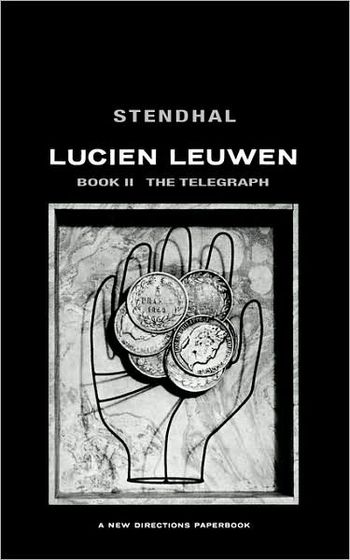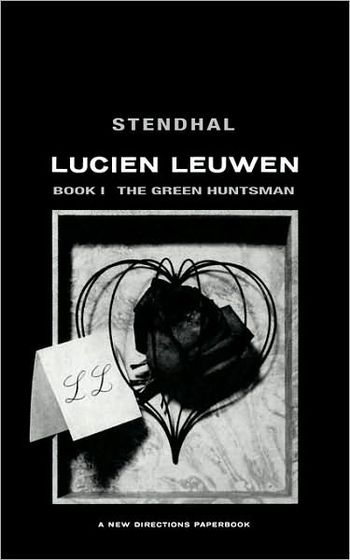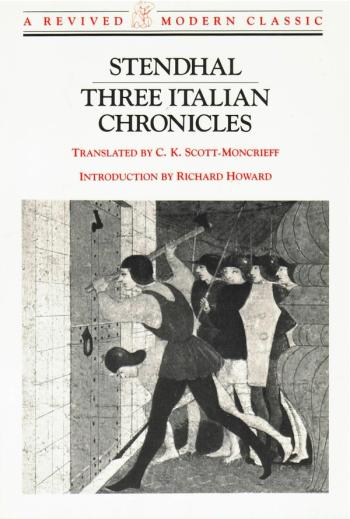Stendhal
Born Marie-Henri Beyle, Stendahl (1783–1842) was a novelist known for his early embracement of realism and the psychological complexity of his characters. Brought up by an unsophisticated father in provincial France after the untimely death of his mother, he was a dandy obsessed with romantic conquest. Later serving as an administrator in Napoleon’s army, Beyle was present during the 1812 invasion of Russia. Settling in Milan in 1814, Beyle wrote several novels under the pen name Stendahl, including The Charterhouse of Parma, reputedly written in fifty-two days. He wrote some of his best work in his later years, despite crippling health problems related to the treatment of his syphilis. Little appreciated in his time, Stendahl’s novels The Red and the Black and The Charterhouse of Parma are now regarded as classics.




